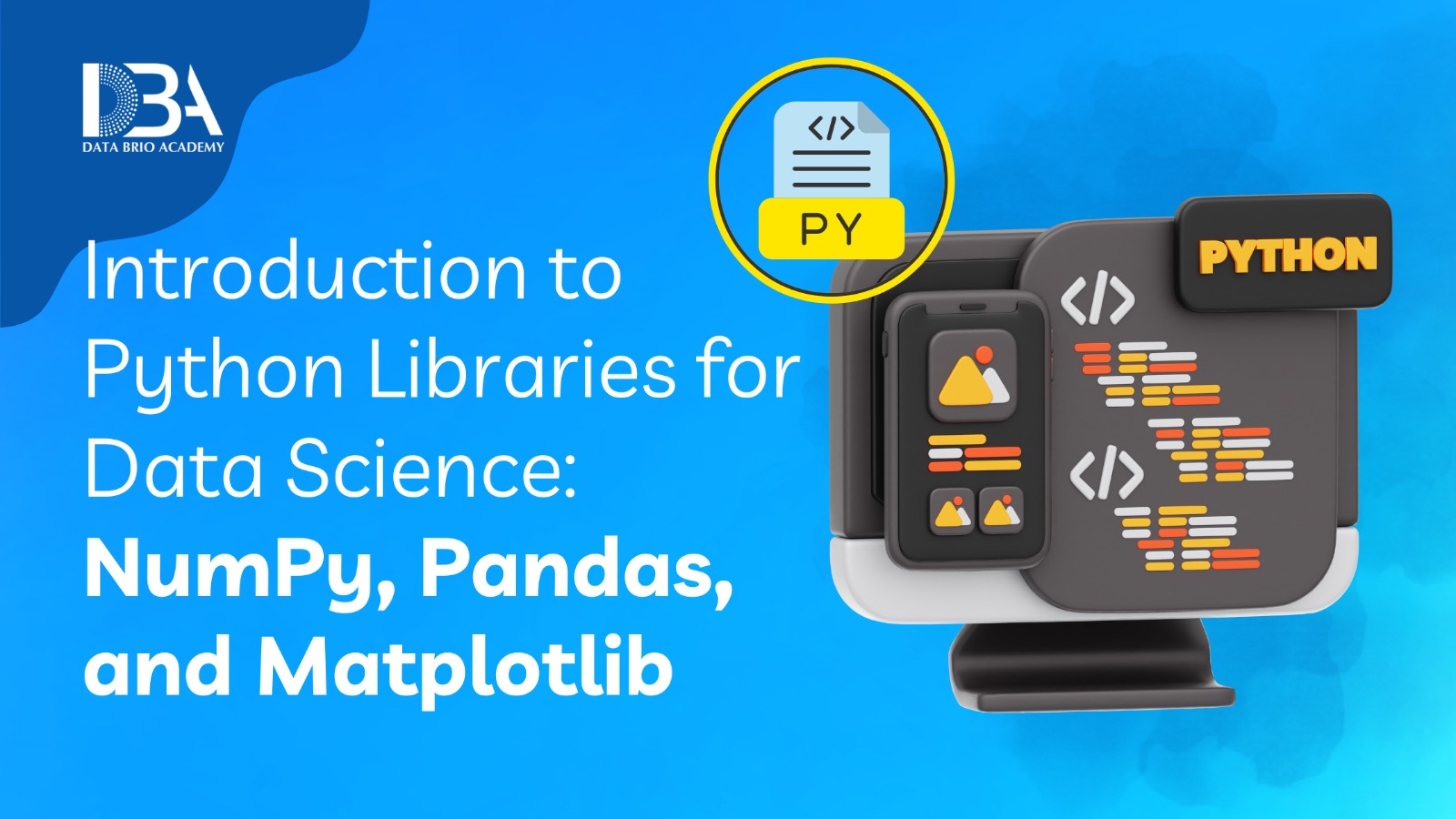There is no doubt that Python is the most preferred programming language in this current era of data science. Having powerful libraries, it extends great functionality within data manipulation, analysis, and visualization. Therefore, Python has become the go-to language for data scientists.
This article will present three of the most popular Python libraries used in data science: NumPy, Pandas, and Matplotlib. These libraries are crucial for any data science project to execute successfully.
Numerical Computing with NumPy
NumPy or Numerical Python forms the basis of numerical computing in Python programming. Its efficiency in handling big datasets makes it of utmost importance in data science.
- Efficient Array Handling: NumPy supports large multi-dimensional arrays and matrices.
- Mathematical Functions: It contains a vast number of mathematical functions that allow for speedy execution of even the most complex computations.
- Linear Algebra: NumPy does support several operations in linear algebra, Fourier transforms, generating random numbers, among others.
NumPy is considered as the crucial package for conducting scientific calculations in Python.
Data Manipulation with Pandas
If you’re planning to work on cleaning, manipulating, or analyzing datasets, then Pandas is the tool you will be looking toward in Python. In other words, this is a software library written for the Python programming language for structured data operations. It really helps simplify working with structured data and simplifies data manipulation.
Data Cleaning: It makes handling missing or erroneous data quite easy.
Missing Data Handling: It can easily handle missing data in both floating point and non-floating point.
Merging and Joining: It easily allows merging and joining of datasets, which enhances the efficiency of working with data analysis.
The Pandas library is a crucial tool for data engineers, scientists, and analysts who work with structured data.
Data Visualization with Matplotlib
Data analysis remains incomplete without proper visualization. Matplotlib is Python’s most popular library for this task. It lets you visualize and present your data in graphical form using various types of charts.
- Most plots supported: Bar Graphs, Histograms, etc.
- Customization: In this library, there is great scope for chart customization such as titles, labels, and color schemes amongst many others.
- Integration: Matplotlib plots nicely with other integrations of Python such as Pandas in generating visualizations based on data coming from data frames.
Data visualization helps to deliver a pictorial representation for efficient understanding and Matplotlib is an effective library for that purpose.
Enroll in a Course of Python Programming in Kolkata
NumPy, Pandas, and Matplotlib are important libraries of Python. Concrete knowledge about practical applications is necessary for someone wanting to build a successful career in Data Science. Data Brio Academy provides you with all the necessary skills required to become a proficient data scientist. Our course in Python Programming in Kolkata will teach you basic as well as advanced levels of techniques for data science applications.
- Practical Projects: Real-world Data Science projects to work with NumPy, Pandas, and Matplotlib so that you become industry-ready.
- Industry-Relevant Curriculum and Internships: Our course is designed to keep the focus on job requirements and real-world applications.
- World-class Trainers: Instructor-led learning with a focus on developing expertise in core Python libraries to facilitate smooth learning.
A perfect training will make a significant difference in your career path. Data Brio Academy equips you with apt knowledge to thrive in the data-driven business world.
NumPy, Pandas, and Matplotlib are some of the most indispensable Python libraries for people with data science in mind. Be it numerical operations, data processing, or even charting, these libraries provide functionality that no serious analyst can do without.
So why wait? Join the comprehensive Python course today and unlock Python’s full potential in data science!

